Cumari do Pará
Species: Capsicum chinense | Origin: Brazil | Pungency: Very Hot
Cumari do Pará is a well know variety from the state of Pará in Northern Brazil, an area bordered by the states of Maranhão, Amapá, Mato Grosso, Tocantins, Amazonas and Roraima. The plants have a compact bushy growth habit and produce masses of small, upright growing, ovoid-shaped chillies which start green and ripen to bright yellow. Cumari do Pará is closely related to Aji Charapita, a wild Capsicum chinense variety from Peru that grows in the Amazon Rainforest near to the city of Iquitos. The name 'Cumari' comes from the now extinct Tupian language of the Brazilian Amazon Rainforest and means 'the taste of pleasure' in English. Cumari do Pará chillies have a strong fruity aroma and a citrus-like flavour and are widely used in Brazilian cuisine, particularly in the state of Pará, where they originate from.
Many chilli peppers in Brazil are prefixed with the word 'Cumari', sometimes spelt as 'Comari' or 'Combari', but Cumari do Pará is said to be one of the most popular varieties. Several other well know Cumaris are Cumari se Crescente, which is a Brazilian Capsicum chinense variety that produces smallish, elongated yellow chillies. Cumari ou Passarinho is a name used to refer to two varieties. One is a Brazilian Capsicum chinense variety that produces smallish orange chillies with an inverted apex, and the other is a variety belonging to the Capsicum praetermissum species, a wild species from Brazil that has attractive purple-pink flowers and produces masses of small, ovoid-shaped chillies which start green and ripen to red. Cumari ou Passarinho is sometimes called Pimenta de Passarinho, which means 'bird pepper' in Portuguese, and is likely an allusion to C. praetermissum.
Capsicum praetermissum (syn. Capsicum baccatum var. praetermissum) varieties are typically referred to as Cumaris in Brazil, where they are also grown commercially to some extent. The species is native to Southern Brazil, Southeastern Brazil, West-Central Brazil and Paraguay. Cumari Pollux and Cumari Verdadeira are another two well know varieties belonging to the C. praetermissum species, and the name 'Cumari Verdadeira' means 'true Cumari' in Portuguese.
Page published on: 14th September 2021
Cumari do Pará is a well know variety from the state of Pará in Northern Brazil, an area bordered by the states of Maranhão, Amapá, Mato Grosso, Tocantins, Amazonas and Roraima. The plants have a compact bushy growth habit and produce masses of small, upright growing, ovoid-shaped chillies which start green and ripen to bright yellow. Cumari do Pará is closely related to Aji Charapita, a wild Capsicum chinense variety from Peru that grows in the Amazon Rainforest near to the city of Iquitos. The name 'Cumari' comes from the now extinct Tupian language of the Brazilian Amazon Rainforest and means 'the taste of pleasure' in English. Cumari do Pará chillies have a strong fruity aroma and a citrus-like flavour and are widely used in Brazilian cuisine, particularly in the state of Pará, where they originate from.
Many chilli peppers in Brazil are prefixed with the word 'Cumari', sometimes spelt as 'Comari' or 'Combari', but Cumari do Pará is said to be one of the most popular varieties. Several other well know Cumaris are Cumari se Crescente, which is a Brazilian Capsicum chinense variety that produces smallish, elongated yellow chillies. Cumari ou Passarinho is a name used to refer to two varieties. One is a Brazilian Capsicum chinense variety that produces smallish orange chillies with an inverted apex, and the other is a variety belonging to the Capsicum praetermissum species, a wild species from Brazil that has attractive purple-pink flowers and produces masses of small, ovoid-shaped chillies which start green and ripen to red. Cumari ou Passarinho is sometimes called Pimenta de Passarinho, which means 'bird pepper' in Portuguese, and is likely an allusion to C. praetermissum.
Capsicum praetermissum (syn. Capsicum baccatum var. praetermissum) varieties are typically referred to as Cumaris in Brazil, where they are also grown commercially to some extent. The species is native to Southern Brazil, Southeastern Brazil, West-Central Brazil and Paraguay. Cumari Pollux and Cumari Verdadeira are another two well know varieties belonging to the C. praetermissum species, and the name 'Cumari Verdadeira' means 'true Cumari' in Portuguese.
Page published on: 14th September 2021
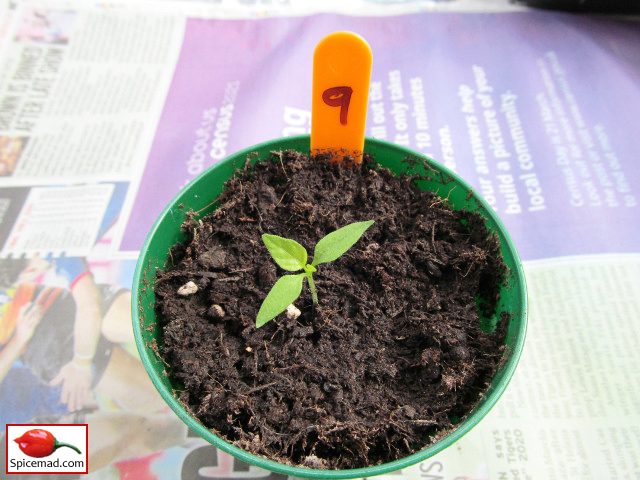 |
| Cumari do Pará - 7th March 2021 |
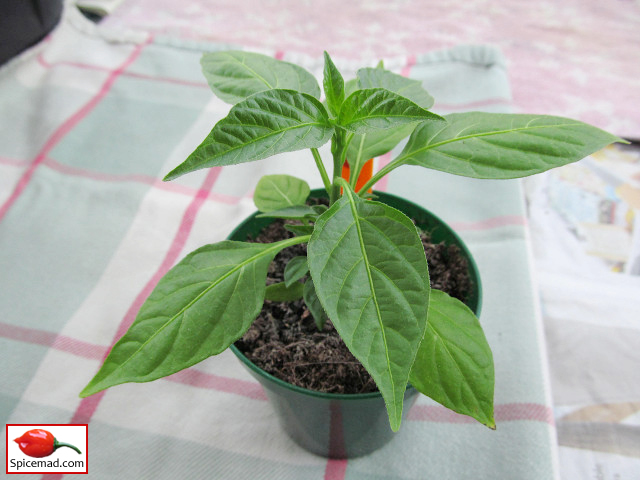 |
| Cumari do Pará - 16th April 2021 |
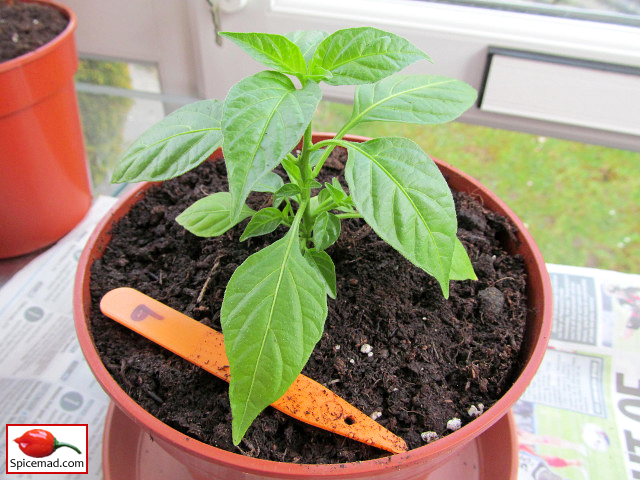 |
| Cumari do Pará - 18th April 2021 |
 |
| Cumari do Pará - 11th May 2021 |
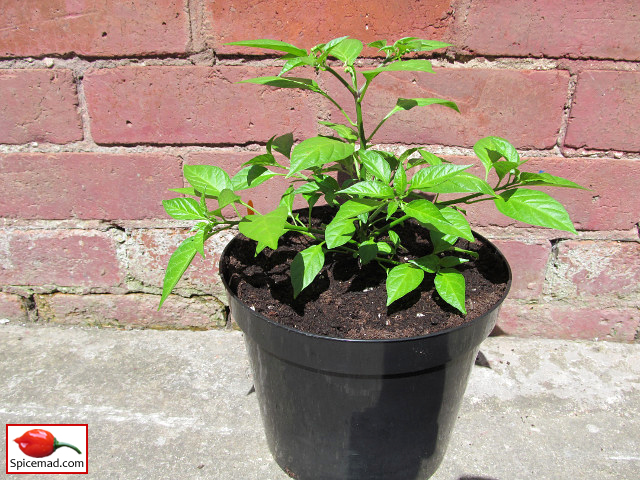 |
| Cumari do Pará - 26th May 2021 |
 |
| Cumari do Pará - 26th June 2021 |
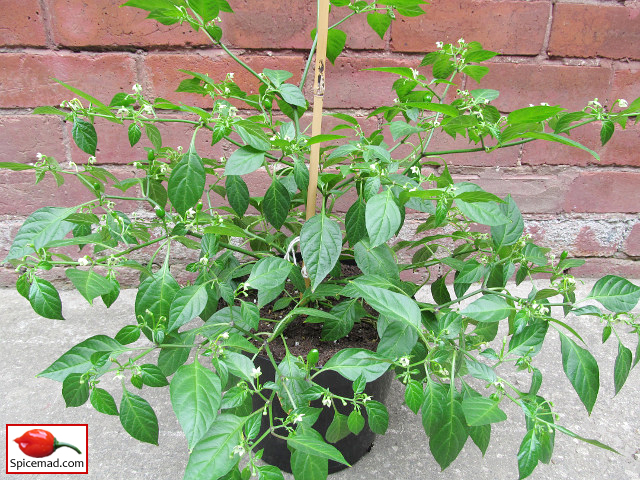 |
| Cumari do Pará - 11th July 2021 |
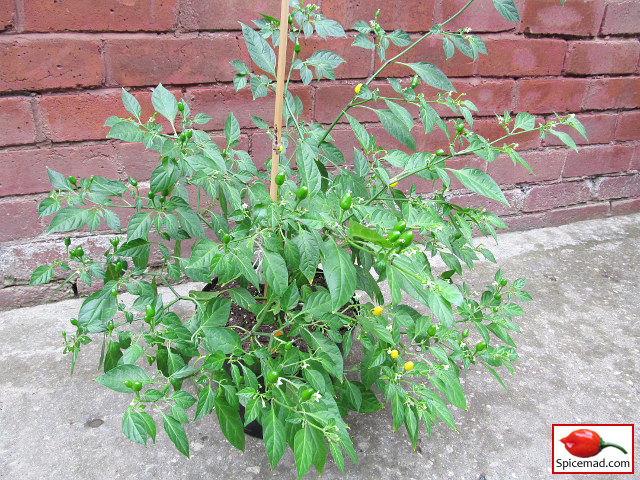 |
| Cumari do Pará - 31st July 2021 |
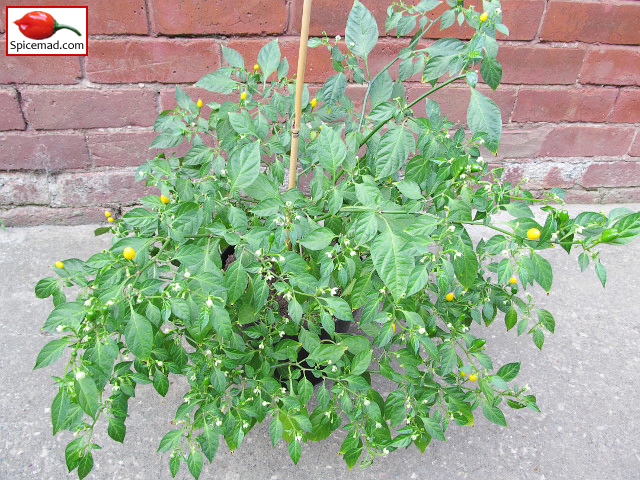 |
| Cumari do Pará - 2nd September 2021 |
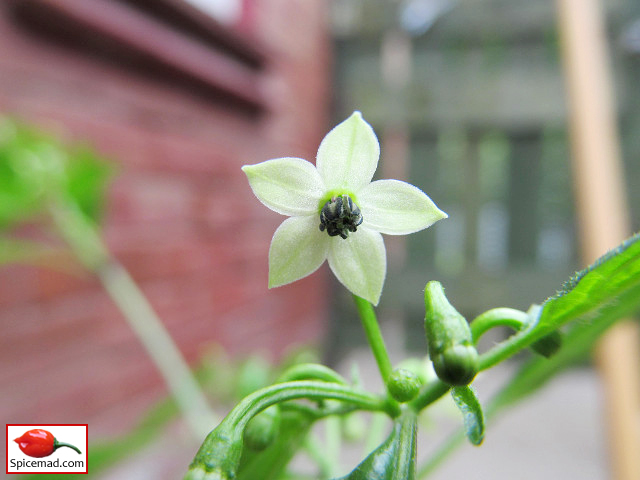 |
| Cumari do Pará Flower - 11th July 2021 |
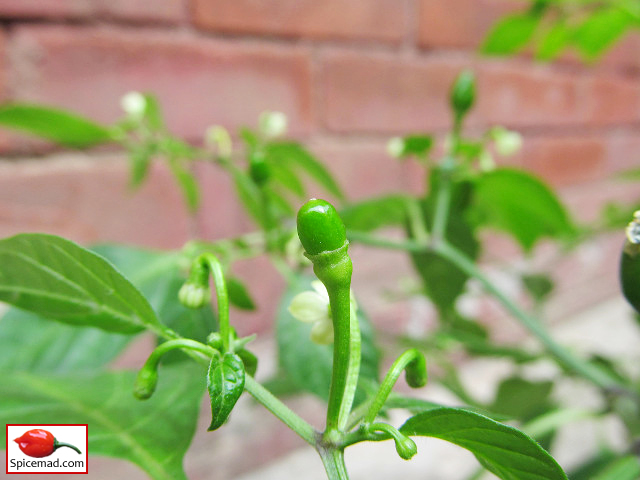 |
| Cumari do Pará - 11th July 2021 |
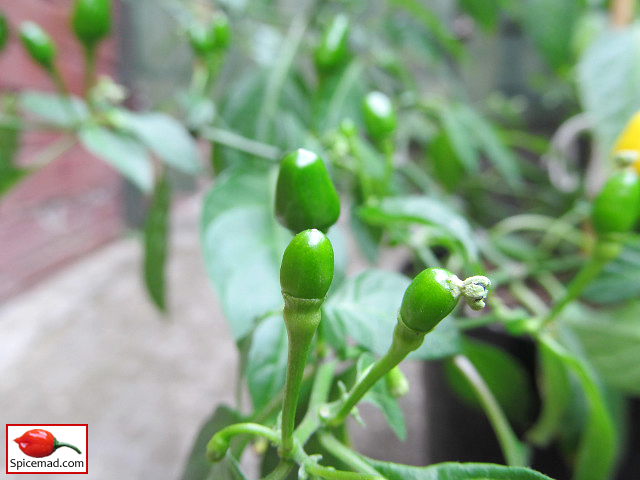 |
| Cumari do Pará - 31st July 2021 |
 |
| Cumari do Pará - 11th July 2021 |
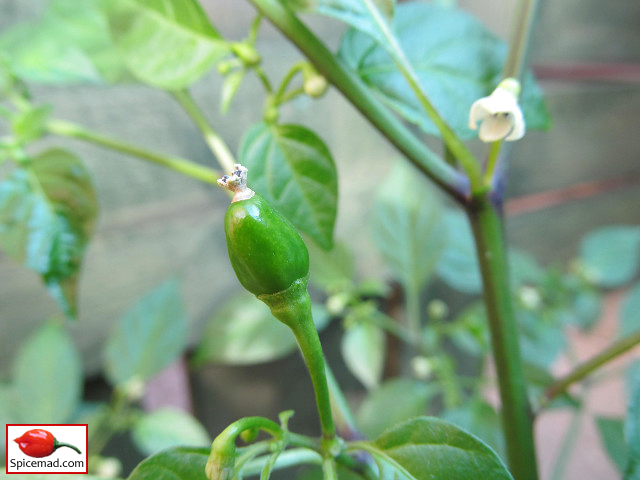 |
| Cumari do Pará - 26th June 2021 |
 |
| Cumari do Pará - 31st July 2021 |
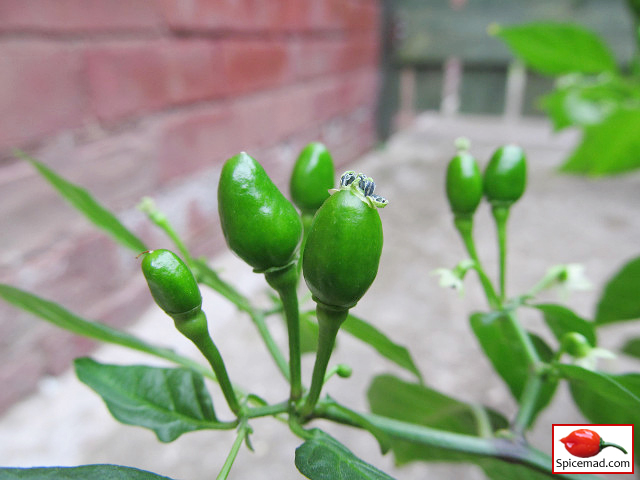 |
| Cumari do Pará - 31st July 2021 |
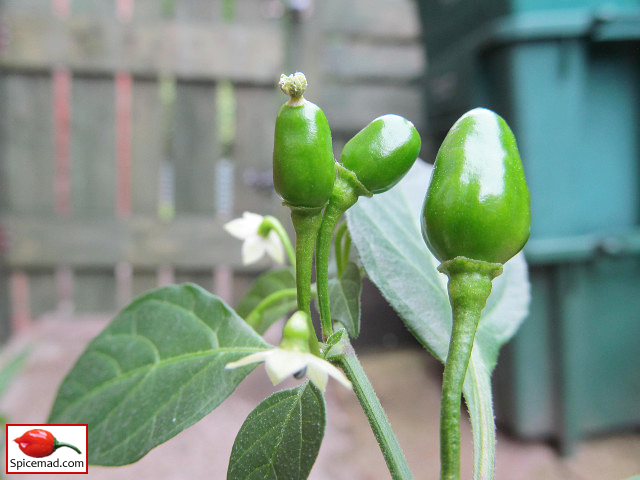 |
| Cumari do Pará - 31st July 2021 |
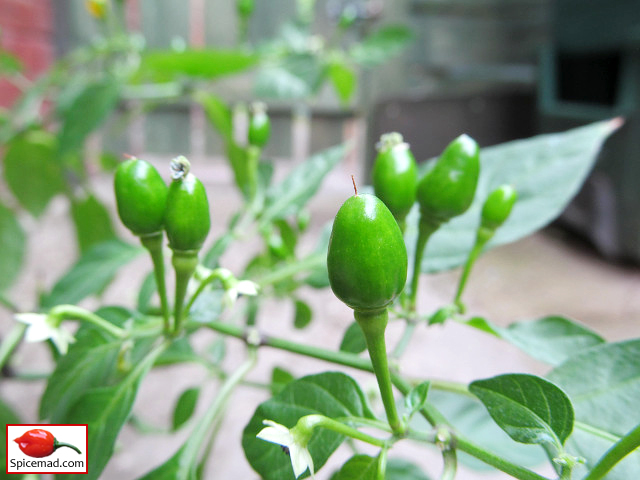 |
| Cumari do Pará - 31st July 2021 |
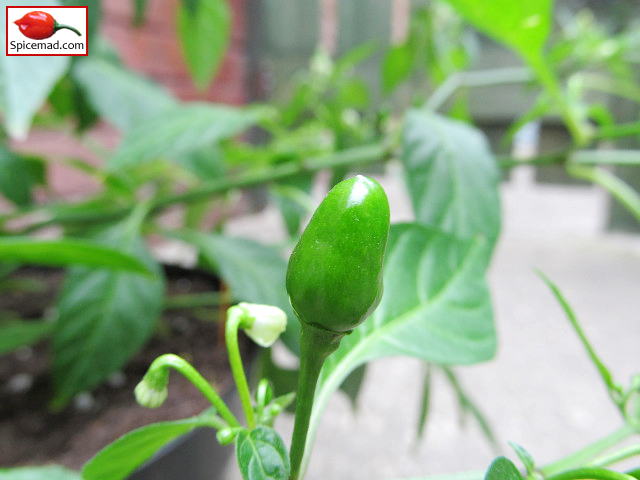 |
| Cumari do Pará - 11th July 2021 |
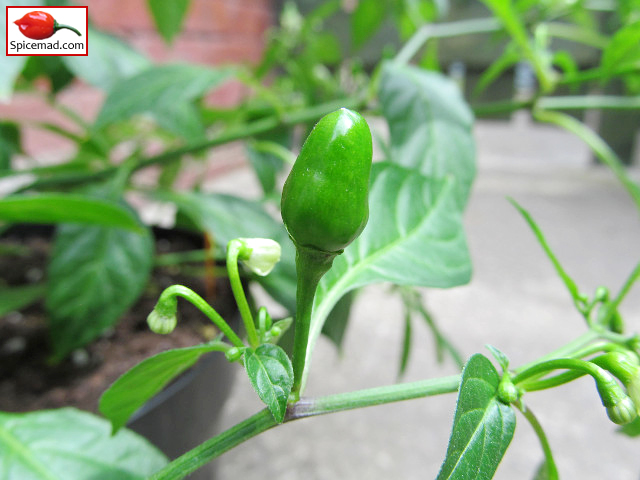 |
| Cumari do Pará - 11th July 2021 |
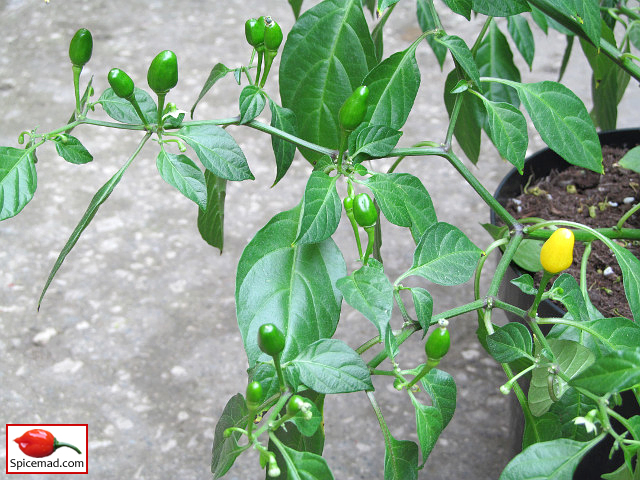 |
| Cumari do Pará - 31st July 2021 |
 |
| Cumari do Pará - 14th August 2021 |
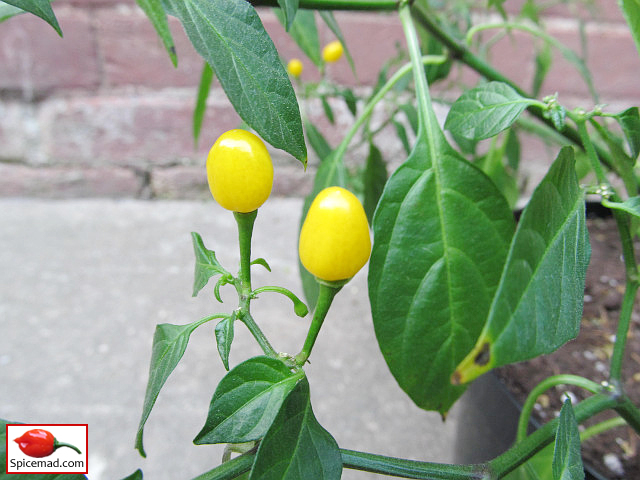 |
| Cumari do Pará - 2nd September 2021 |
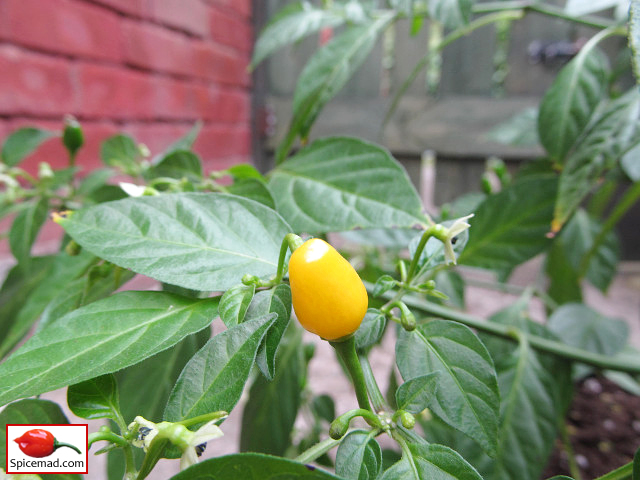 |
| Cumari do Pará - 31st July 2021 |
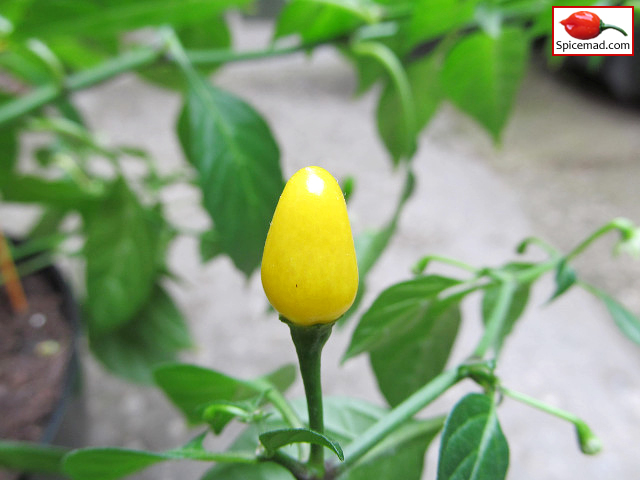 |
| Cumari do Pará - 31st July 2021 |
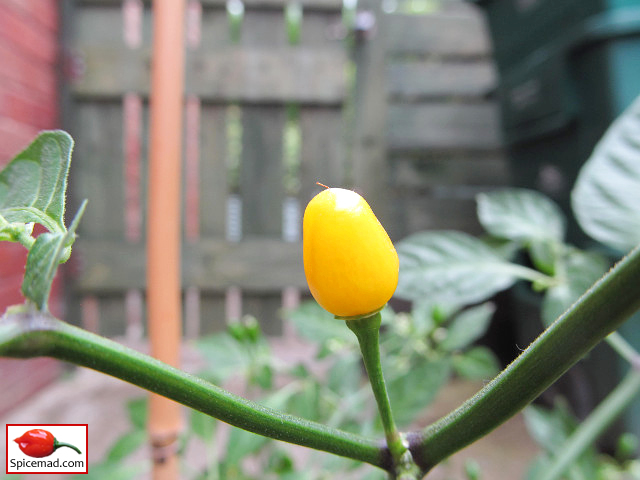 |
| Cumari do Pará - 31st July 2021 |
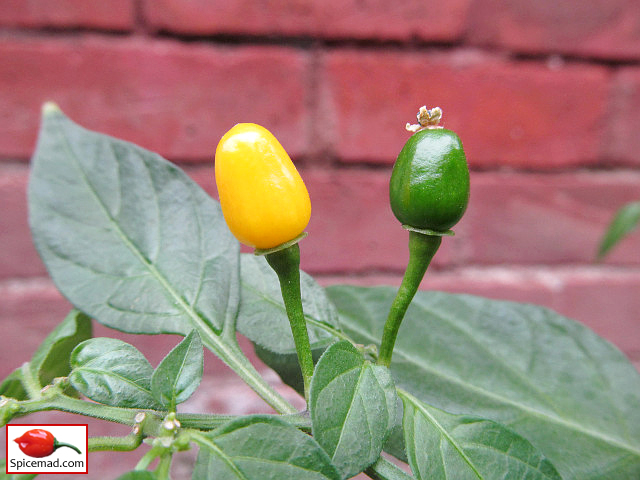 |
| Cumari do Pará - 14th August 2021 |
 |
| Cumari do Pará - 14th August 2021 |
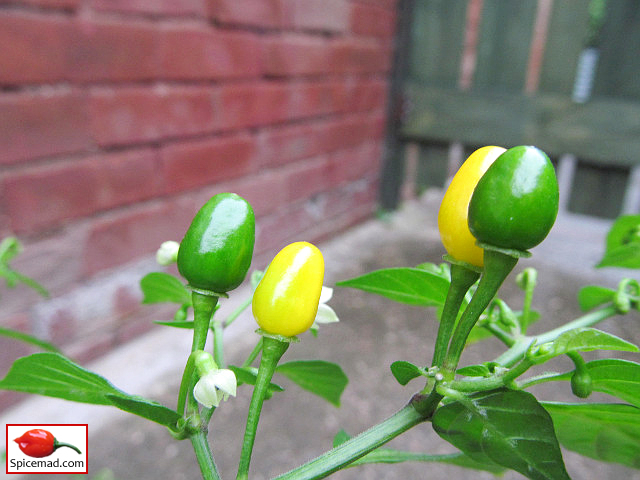 |
| Cumari do Pará - 14th August 2021 |
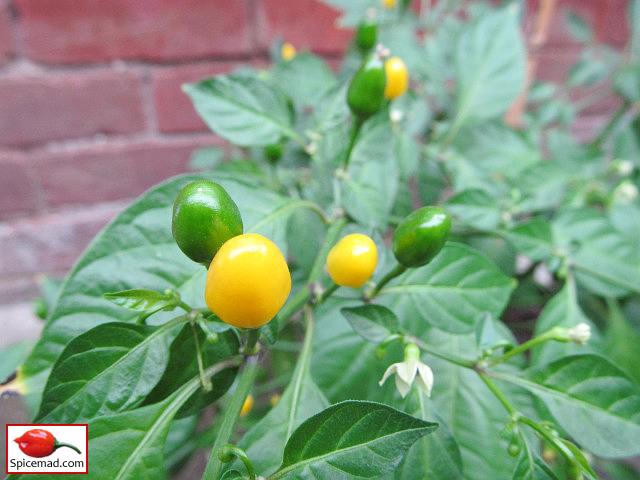 |
| Cumari do Pará - 14th August 2021 |
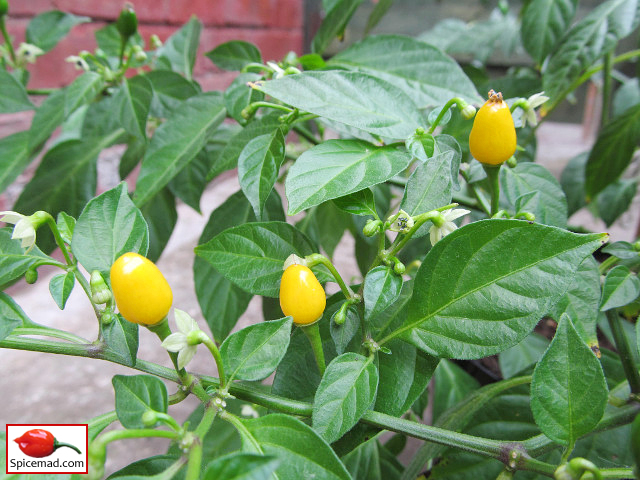 |
| Cumari do Pará - 31st July 2021 |
 |
| Cumari do Pará - 2nd September 2021 |
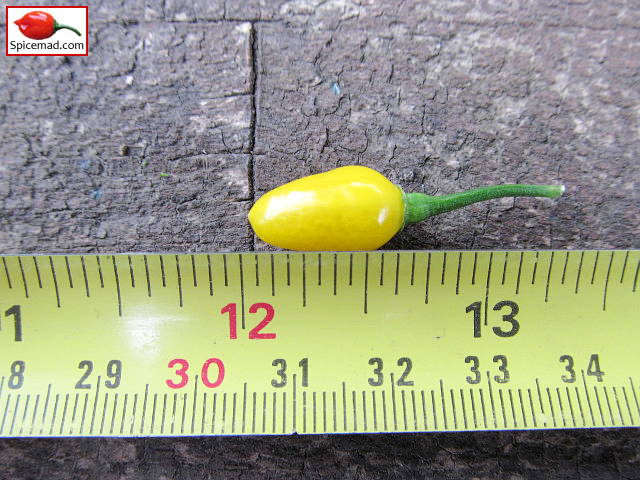 |
| Cumari do Pará - 16th August 2021 |
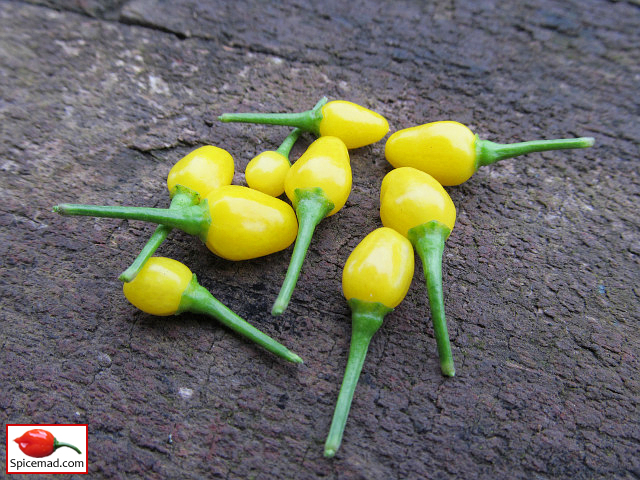 |
| Cumari do Pará - 31st July 2021 |
 |
| Cumari do Pará - 16th August 2021 |
